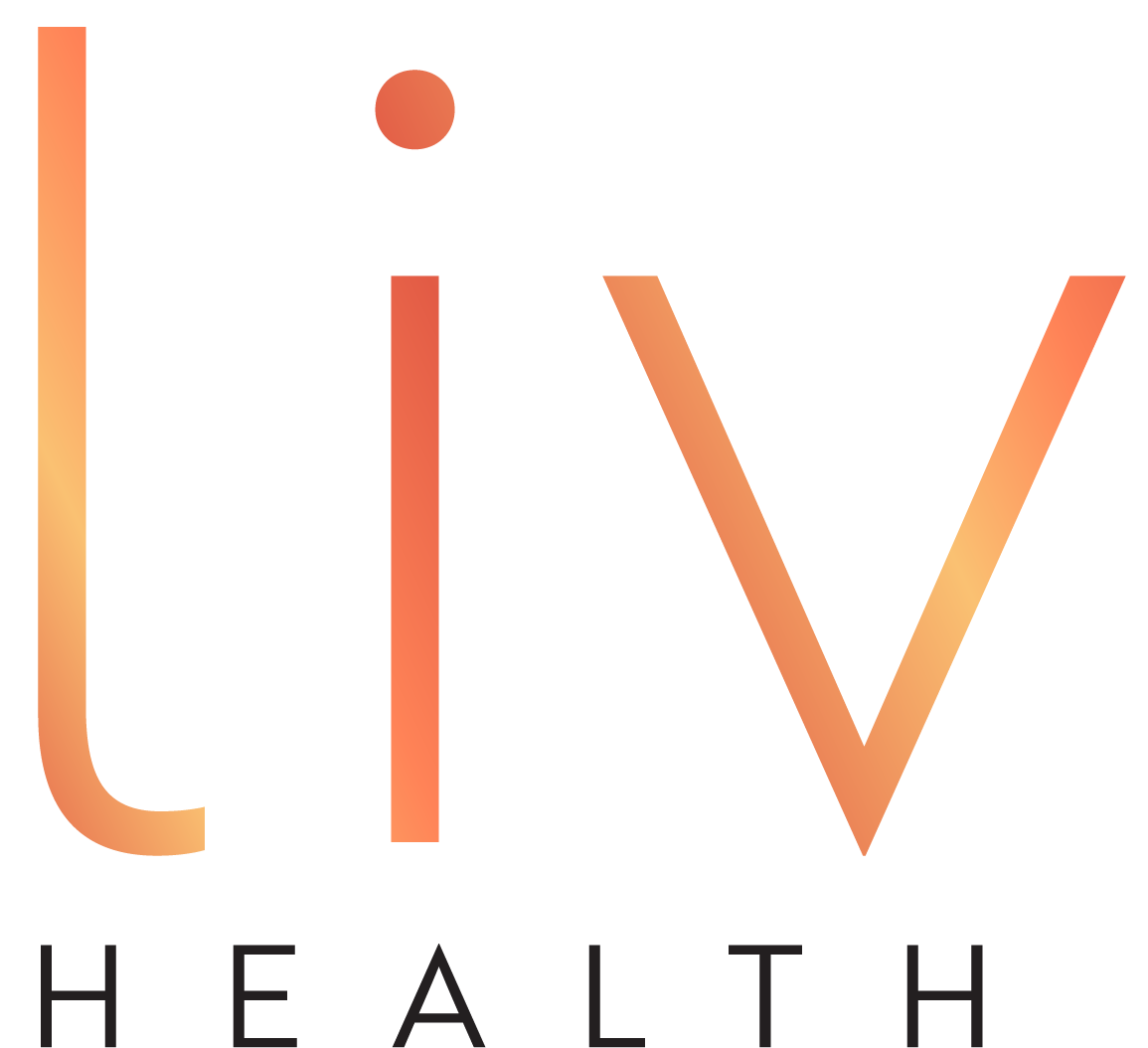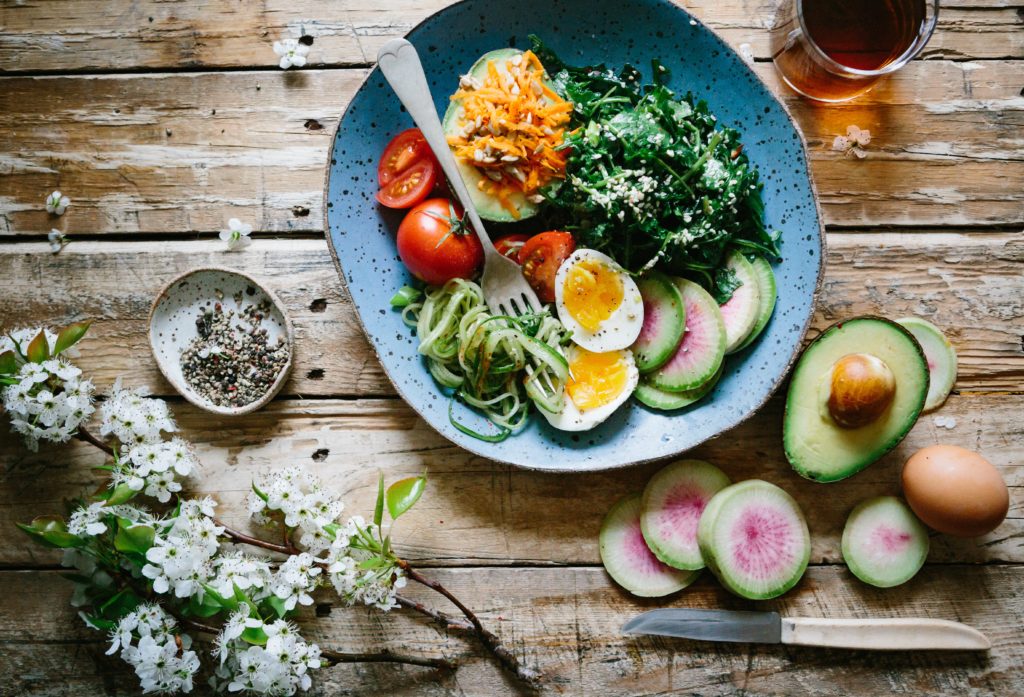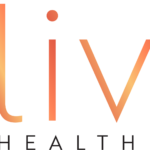You’re constantly bloated, you’re always full of gas, you experience constipation or diarrhea, you may even feel fatigue and a foggy brain, so you cut out gluten and dairy thinking this will finally solve your digestive challenges. You may feel slightly better, but definitely not 100%. So you go to your doctor and they give you a pill, it helps temporarily, but your symptoms are still there.
I know that feeling of complete defeat. Not getting answers, and feeling uncomfortable day in and day out. Not fun.
If you’ve changed your diet, but your GI symptoms are still there, it’s time to dig a bit deeper.
Enter FODMAPS: fermentable oligosaccharides, disaccharides, monosaccharides and polyols. These are short chain carbohydrates that do not get fully absorbed by the human body, which for some, can cause a host of digestive challenges.
Let’s take a deeper look at FODMAPS. When digested, FODMAPS are high residue foods, meaning they leave behind fragments of lactose and indigestible fibers for your gut bacteria to feed on. When bacteria feed and multiply, the fermentation process begins. FODMAPS tend to ferment a lot faster in your gut, which is causing your bloat, gas, and stomach cramping.
One study found that people who believed they were gluten sensitive actually had no adverse effects in the gut from eating gluten, but experienced elimination of their gut challenges after reducing their consumption of FODMAPS. The study found when people ate FODMAPS, and combined it with gluten, that is when the GI problems worsened. So, if you are experiencing gas, bloat, abdominal pain, IBS, pregnant belly, irregular bowel movements, gluten alone may not be to blame, but FODMAPS may be the culprit.
If this is you, you can start to take back control of your body by cutting back on high FODMAP foods. Depending on the severity of your symptoms, there may not be a need to cut them out all together, but rather reduce your intake:
A great place to start is by cutting out the two biggest offenders that seem to cause the worst symptoms: garlic and onions. Start by eliminating these foods for two weeks. It may seem like they are in everything, but if you pay closer attention, you’ll see there are many options that don’t contain them. My biggest worry when cutting these out was not being able to have tomato sauce, BUT, Rao’s, amongst other brands, makes sensitive marinara; made with no onions or garlic, and it is delicious! Just check the labels, I promise there are great options nowadays!
If you find eliminating onions and garlic has helped your symptoms, you may want to start experimenting with other high FODMAP foods. Remember, it may not be crucial to cut them all out, but rather cut back and experiment with only having one FODMAP food daily.
Some other offenders:
- Fruit, agave, and honey: Fructose is a monosaccharide and is the “M” in FODMAP. All fruits contain fructose but the ones higher in it will upset you GI system. Things like apples, mango, peaches, pears. Canned and dried fruit, honey, and high fructose corn syrup. Fructose is also found in a ton of sports drinks and gels.
- Beans and lentils: These are the oligosaccharides in FODMAPs (galactans) and are pretty harsh for the digestive system. If you live on these, two ways you can consume them while still keeping the FODMAP content fairly low: canned, rinsed and drained of any excess water. If you make your own, soak them overnight and rinse really well.
- Sugar alcohols: These are the polyols. You’ll find sugar alcohols in many “health” foods like sugar free gum and candy, low cal sweeteners, protein bars, and workout gels. While some are tolerated better than others, think erythritol, most of them will cause GI distress and it’s best to eliminate them all together, unless you’re wanting to stink up the house. Other things that fall into this category are apples, avocado, blackberries, cherries, watermelon, mushrooms, green bell pepper, and prunes.
- Wheat and cruciferous veggies: The fructan (a sugar) in these foods is to blame. Cruciferous veggies on this list are cauliflower, brussel sprouts, and broccoli. Wheat is tricky because it is found in almost everything; breads, crackers, cookies, pasta, even salad dressings can have wheat in them. Other foods in this category are asparagus, artichokes, eggplant, pistachios, and shallots. Check the labels.
- Dairy: you may have already cut this out of your diet, but lactose, the sugar found in most dairy products is a disaccharide, and it is prevalent in unfermented dairy products. Things like cows milk, non fermented yogurt, ice cream, cottage cheese, half and half, ricotta, and mascarpone.
Your path to eliminating FODMAPS depends on how much you are willing to give up and experiment with. If you want to take it slow, start by cutting out onions and garlic for one week, and evaluating how you feel. Then do one or two foods at a time for a week, evaluating as you go.
If you want to dive in head first, you can do an elimination diet with FODMAPs. Cut out all FODMAPs, and slowly add a few back in, one at a time (the ones you love the most) to see how you react. Wait 2-3 days between adding anything new back in.
There is an app you can download to look up what foods are high, low and medium on the FODMAP scale that can be helpful when implementing a new routine: The Monash university FODMAP diet app.
If you’re interested in learning more about FODMAPs and getting a specific protocol just for you, while discovering what’s happening beneath the surface in your digestive system, Liv HEALTH can help! Schedule a free call here with a membership advisor to see if Liv Concierge is right for you.
/
5
(
1
vote
)
The post FODMAPS And Your Digestive Health appeared first on Liv HEALTH.


